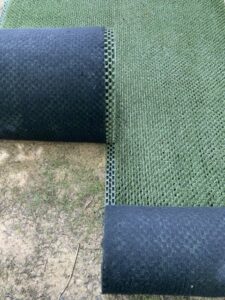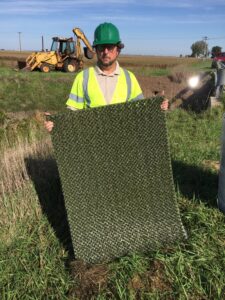Rock Riprap Downsides and Alternatives
For centuries, rock riprap has been used to protect shorelines from erosion. In fact, it is estimated that about 10% of the annual output from the quarries in the U.S. is rock riprap used to dissipate the energy from flowing water. This form of erosion control has become commonplace and even a standard in many areas and applications. It is safe to say that a significant portion of the $3.4B erosion control industry is spent on rip rap rock.
Only recently have other erosion protection solutions emerged as satisfactory substitutes to riprap in certain applications. Significant research supports that vegetation is one of the best ways to curb erosion. And while “hard armor” materials like rock may shield the soil from erosion, perhaps a more sustainable solution is to establish and reinforce vegetation to allow the root systems to hold the soil in place.
Immediate Armoring
>3x Erosion Protection
Simple Installation
Aesthetically Pleasing
50%+ Typical Cost Savings
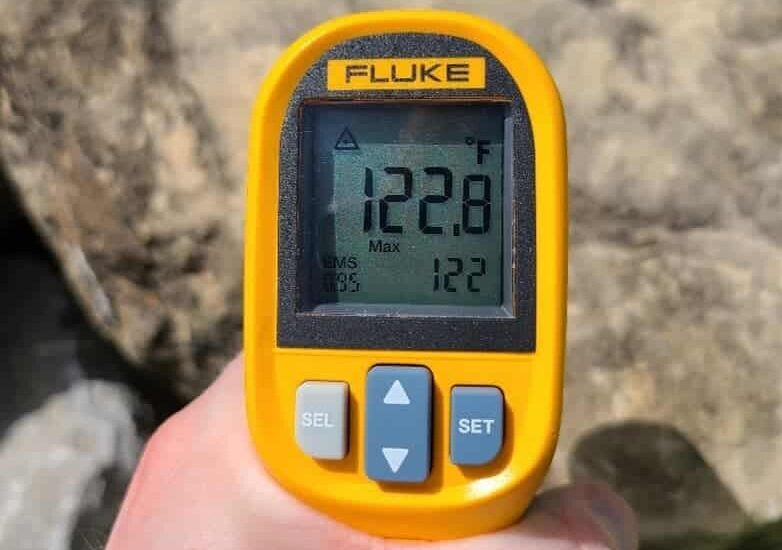
Creates Heat Islands
“Heat islands” are not just in paved-over urban areas any longer. Anywhere rock riprap is used is subject to increased surface and surrounding air temperatures. This can be significant if you have people or animals around the rocked area.
Riprap can also heat up the water in ponds and streams that are lined with riprap stone. This change in temperature can have a negative effect on the marine life in that water – leading to other environmental and ecological issues.
Suffocating the Earth
Placing impervious rock where it is not natural can negatively impact the life in the soil below the rock or concrete. This suffocation will not only guarantee that plants don’t take root, but it also forces the other life that exists in the soil to relocate, doing further damage to the soil that is now unnaturally covered by rip rap.
This is particularly problematic for shoreline structures and areas prone to soil erosion.
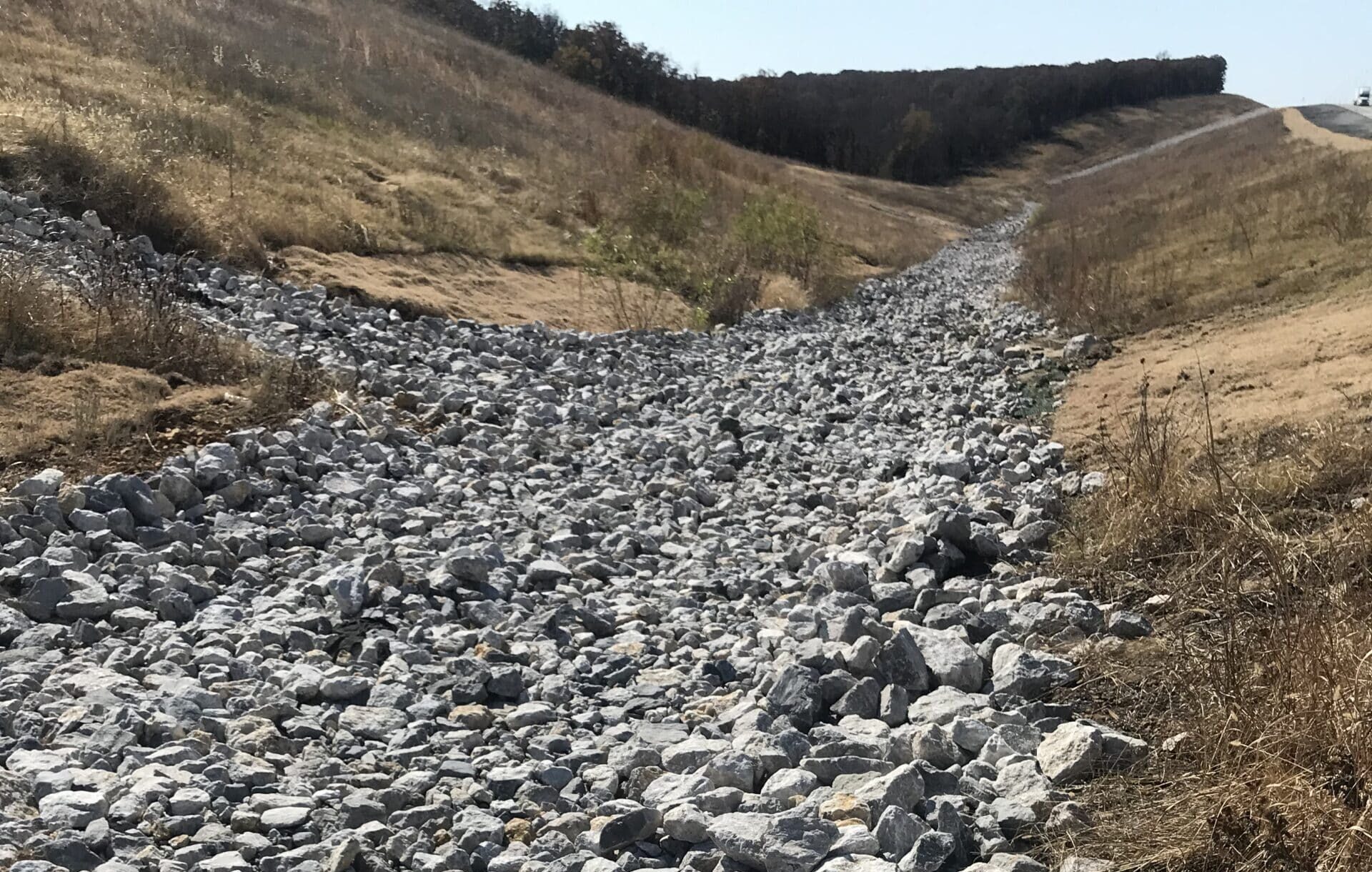
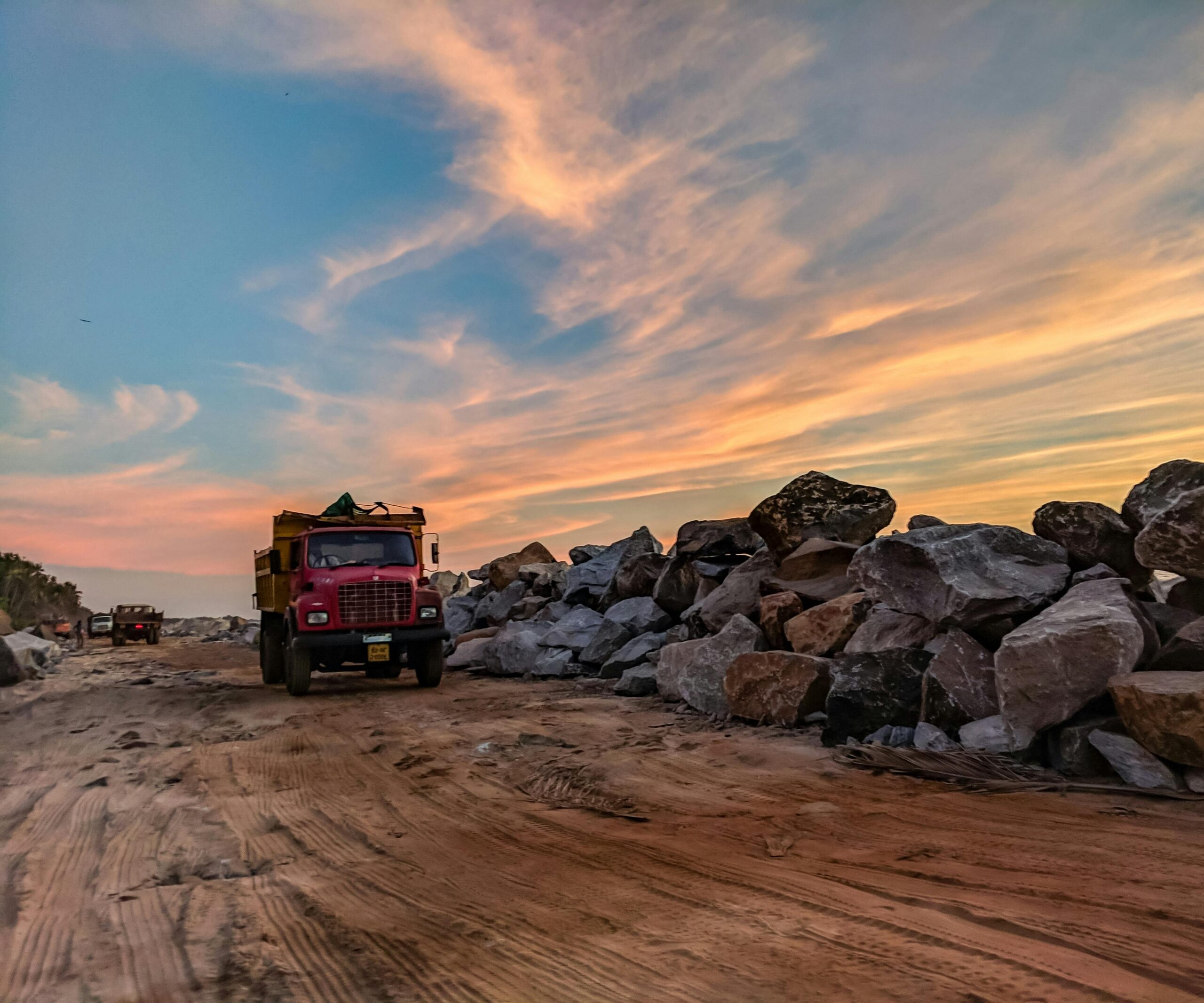
High Transportation Costs
Did you know that in order to protect just 10,000 sq ft of land with 24″ riprap that you’d need about 120 14-ton dump trucks loads to effectively cover the area? The fuel consumption alone of 120 trucks is a major cost and environmental issue, but one must also consider the time required to bring 120 trucks into the area and deliver the rock also greatly increases the installation cost.
Furthermore, for project sites near residential or commercial developments, the additional heavy truck traffic on city streets is often a major concern.
Find Out How InstaTurf Beats Traditional Riprap
Heavy Machinery Required
Once your 120 truckloads of rock have been successfully delivered, you’ll need another set of heavy equipment to excavate the rock bed and properly place the rock. Like the trucks that delivered the riprap, these machines consume fuel and require significant time and energy to move the riprap into place. Many places that require riprap for erosion control are not easily accessible to large trucks or the heavy machinery required to place the rock, sometimes requiring new service roads to be built and other potential damage to the land.
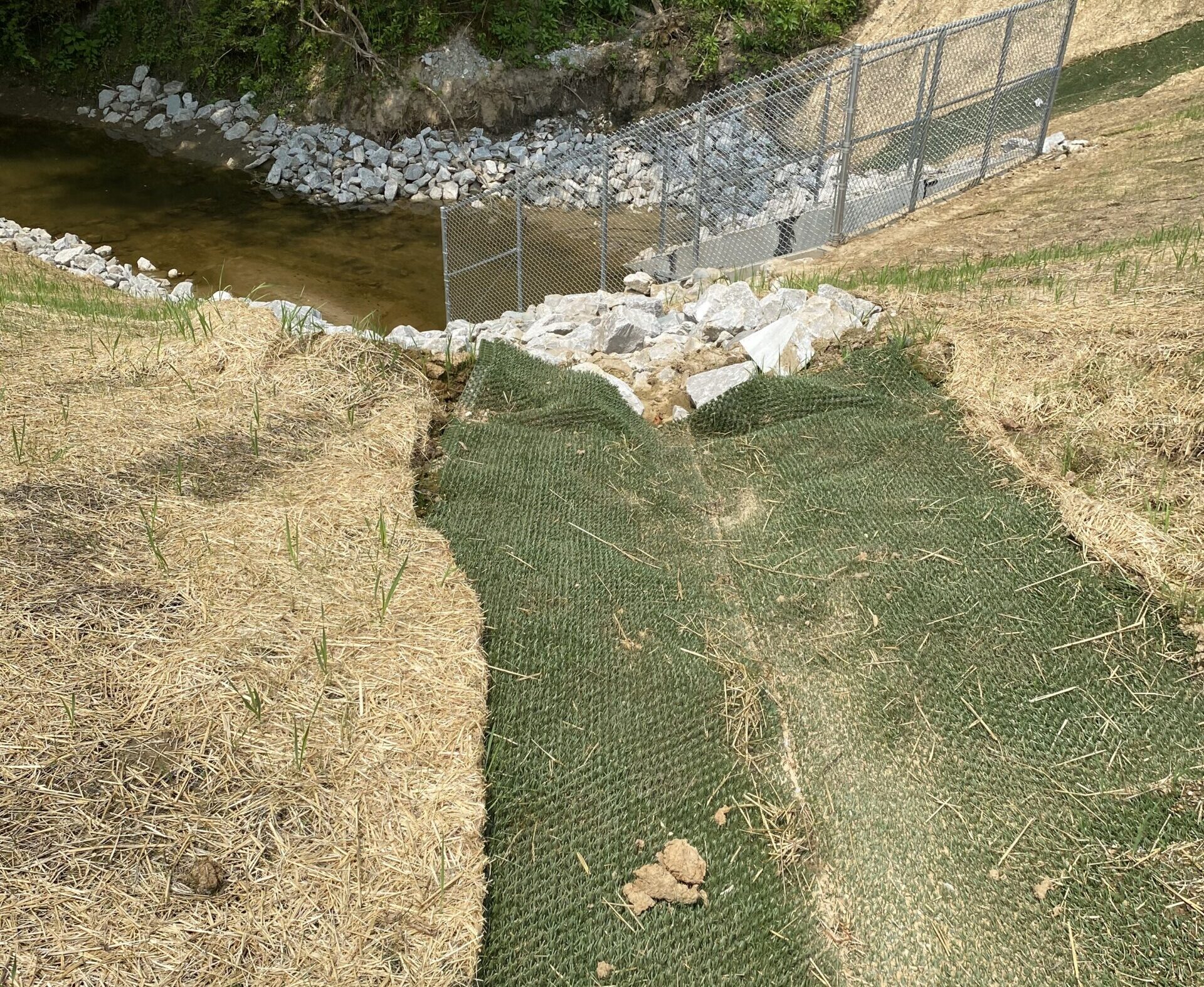
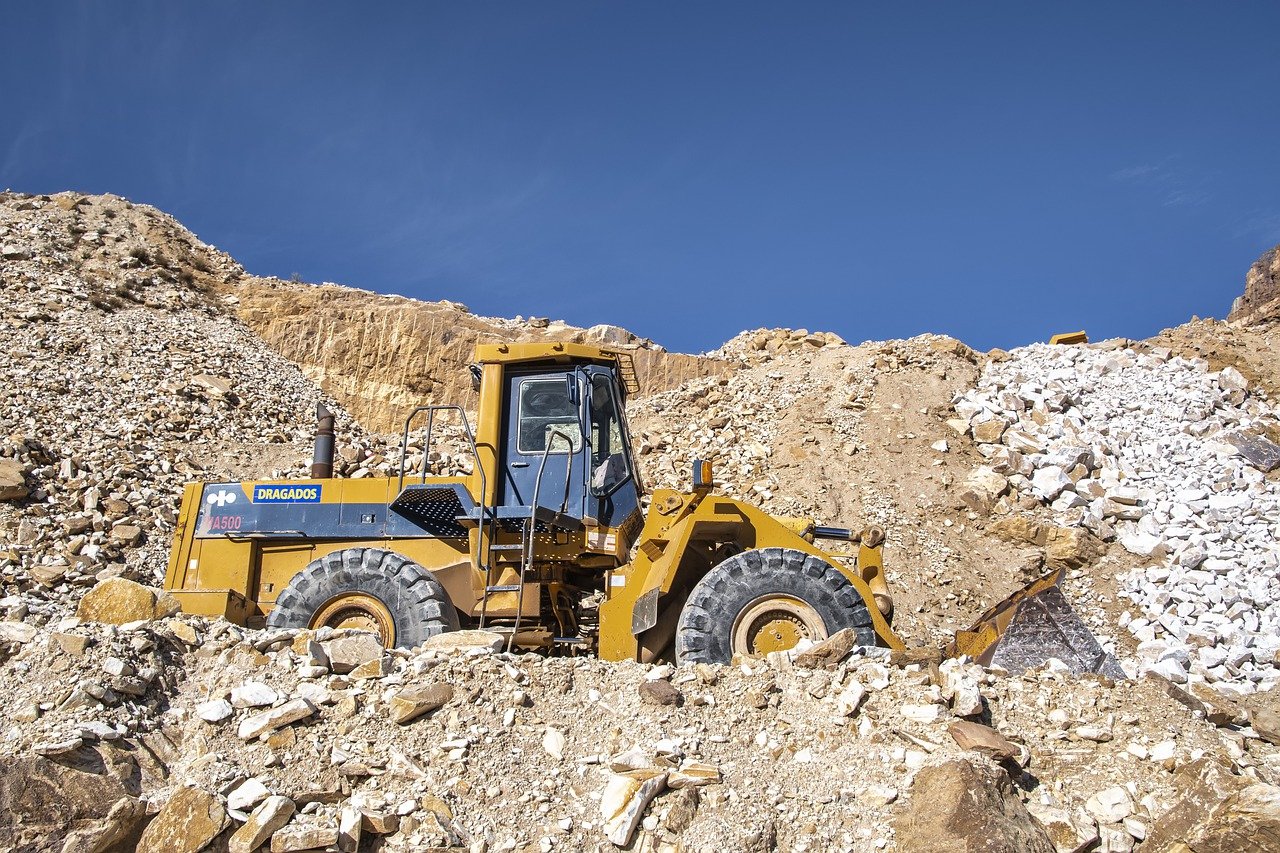
Energy Needed to Quarry and Process Rock
Creating similar-sized rock and then appropriately sorting that rock requires time and energy. While only about 10% of a quarry is used for riprap, when the rock is mined it does require machinery, possibly explosives, and then lots of time to process and sort the rock into the desired sizes.
This is particularly relevant for mining natural stone, limestone, granite, and crushed rock.
Riprap is Not Good For Wildlife
Riprap that lines shores can cause issues for the animals that want to access that water. The crevices between the rocks can easily trap and injure wildlife such as deer. The riprap also can become a safe nesting area for snakes, bringing new unwanted species in greater abundance to the area.
Additionally, wave action against riprap can cause significant changes to the shoreline, affecting surrounding habitats.
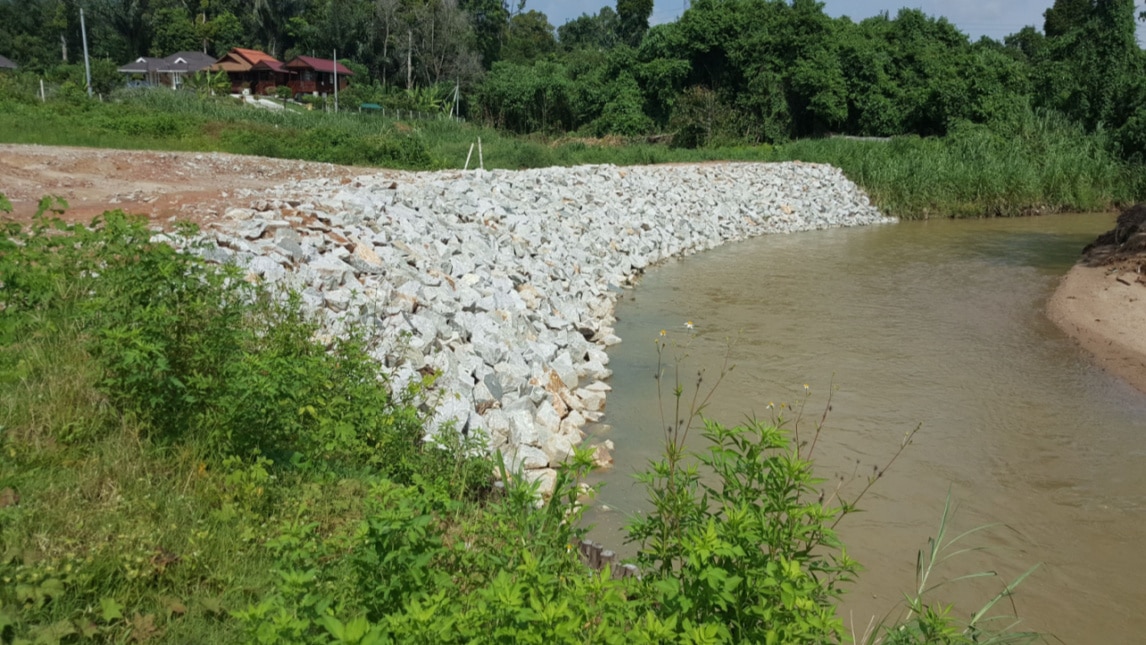
Find Out How InstaTurf Beats Traditional Riprap
Not Good for Humans
For many of the same reasons as wildlife, riprap is also not people-friendly. Many developments are designing their stormwater ponds with recreational intent as well, so having the ability for people and their four-legged pets to safely approach and engage with the ponds and streams is becoming a requirement.
Riprap can also be hazardous for activities around boat ramps and pilings.
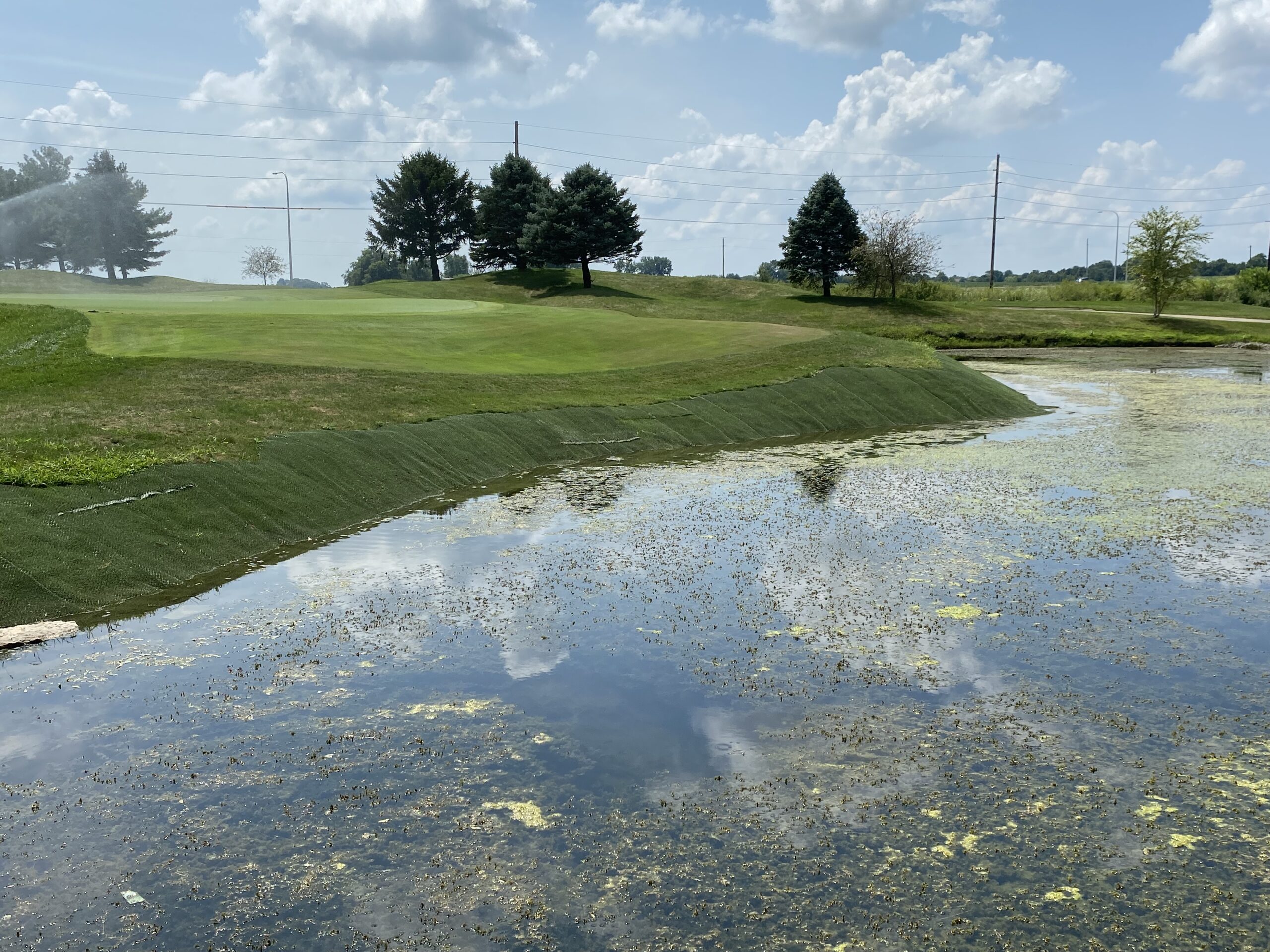
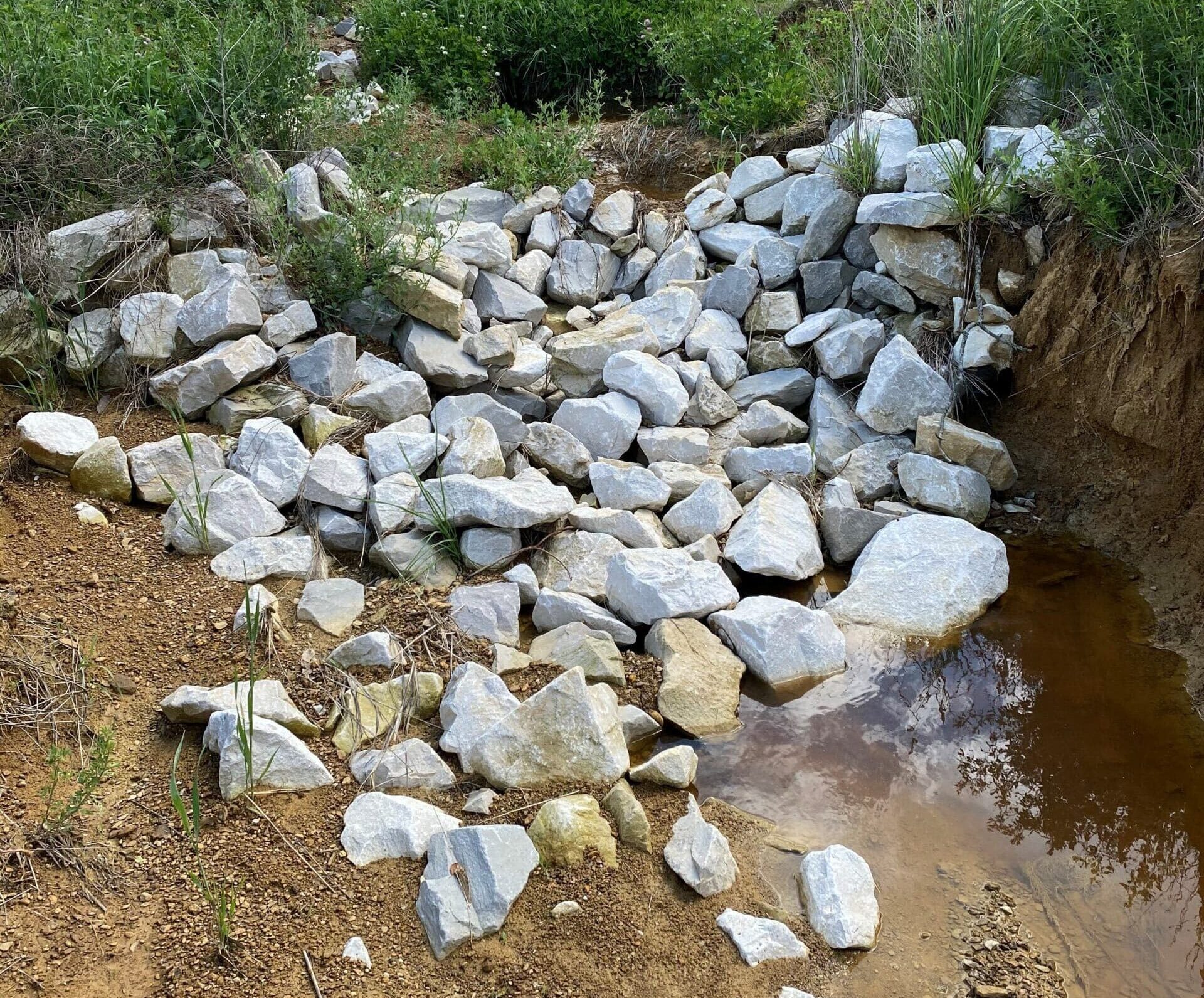
Difficult to Maintain
Rock riprap can pose ongoing maintenance issues as well. Weeds and other unwanted vegetation still find ways to grow through the riprap and require trimming, manual extraction or the application of herbicides for eradication. Riprap poses a safety hazard for maintenance workers, while mowers and weed eaters can chip rocks and send small but dangerous projectiles through the air. Herbicides can have adverse effects on marine life.
Maintenance becomes even more challenging on steep slopes and slope stabilization projects.
Unpleasant Aesthetics
Finally, but not least important, is the public perception of large riprap piles along shores. Many of these ponds are located in visible areas on the property, in plain sight of neighbors and traffic.
Developers are seeking green, inviting areas around water as opposed to the harsh contrast of rock.

Alternatives to Rock Riprap: Introducing InstaTurf
While effective “greener” alternatives have been a long time coming, there is now a way to protect your job site from erosion that doesn’t just “shield” the soil from water flow, but actually promotes the growth of desirable vegetation. InstaTurf ShearForce instant armor mats are a hybrid turf vegetative soft armor solution that provide immediate to long-term erosion protection as well as large rock riprap. InstaTurf weighs a small fraction of rock and one truckload of InstaTurf can protect approximately 25,000 sq ft – the same as 120 dump truckloads of 24″ riprap.
Easy Installation and Immediate Protection
InstaTurf instant armor mats can easily be installed in many applications without heavy equipment, though smaller machinery for trenching, soil preparation and seeding is often used in the process. As for material transport and placement, landscape laborers can effectively haul and install InstaTurf without needing large vehicles on the job site at all. The innovative patent-pending design of InstaTurf mats enable them to immediately protect the soil and stay in place to help establish and permanently reinforce the natural vegetation growing through them. This “hybrid-turf” system, combining synthetic and natural vegetation, offers dramatically greater erosion resistance than vegetation alone. Thus, enabling the use of vegetation in place of rock in many critical, high flow applications where “hard armor” materials were once the only alternative.
Environmentally Friendly Solution
While InstaTurf products are made with petroleum-based polymers, the carbon footprint of these materials is as little as 1/10th that of riprap - meaning InstaTurf products are a better solution for the environment in total.
Cost-Effective and Versatile Erosion Control
InstaTurf ShearForce hybrid turf instant armor mats may be smart, cost-effective, and more environmentally sound solutions for many applications on your job site requiring permanent erosion protection. Depending on site conditions and flow expectations, InstaTurf products can often be used in place of rock riprap, tied concrete block mats, or even poured concrete. InstaTurf products may also be used in conjunction with other materials such as erosion control blankets (ECBs) and turf reinforcement mats (TRMs), with ECBs and/or TRMs deployed in areas with less erosion potential.
Schedule a design review
InstaTurf Products
ShearForce™10
Flexible erosion control suitable for most applications. SF10 is lightweight and provides immediate soil protection upon installation.
ShearForce™12
Superlative soil protection made to withstand turbulent water flow in areas such as culvert and pipe outfalls. SF12 provides a weighted ballast to ensure high performance in the most demanding applications.
RECEIVE A CUSTOM QUOTE
Learn More About InstaTurf On Our Blog

Redefining Solar Siting: How InstaTurf® Leads the Way in Sustainable Development
As solar energy accelerates towards a carbon-neutral future, innovative solutions are essential for harmonizing energy production with environmental stewardship. Discover how InstaTurf® is redefining solar siting with groundbreaking products like ShearForce hybrid-turf instant armor mats, designed to combat erosion while promoting vegetation growth. Explore the transformative potential of agrovoltaics and ecovoltaics, and learn about initiatives like the 11-State Western Solar Plan that pave the way for sustainable solar development. Join us in shaping a future where clean energy and ecological preservation thrive together, ensuring a resilient and sustainable landscape for generations to come.
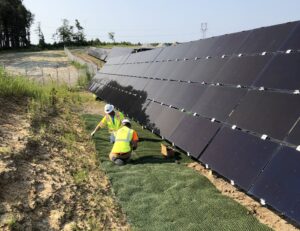
Dripline Dilemmas: How Leading States Are Shaping Erosion Control for Solar Farms
The guidance and regulations for managing dripline erosion on solar farms varies significantly from state to state. Use this as an overview and repository for links to the guidance you need to be aware of for your site.

The Growing Demand for Agrivoltaics and the Role of InstaTurf® in Erosion Control on Solar Farms
Discover the innovative world of agrivoltaics, where solar power meets sustainable agriculture! As the demand for clean energy rises, the integration of solar farms with farming practices is becoming a game-changer for land use and food security. However, soil erosion poses a significant challenge. Enter InstaTurf, offering cutting-edge erosion control solutions that not only stabilize soil but also promote healthy vegetation and support livestock grazing. Learn how these vital products are transforming agrivoltaic systems into thriving ecosystems that balance energy production with agricultural productivity, ensuring a sustainable future for both our planet and its farmers.

